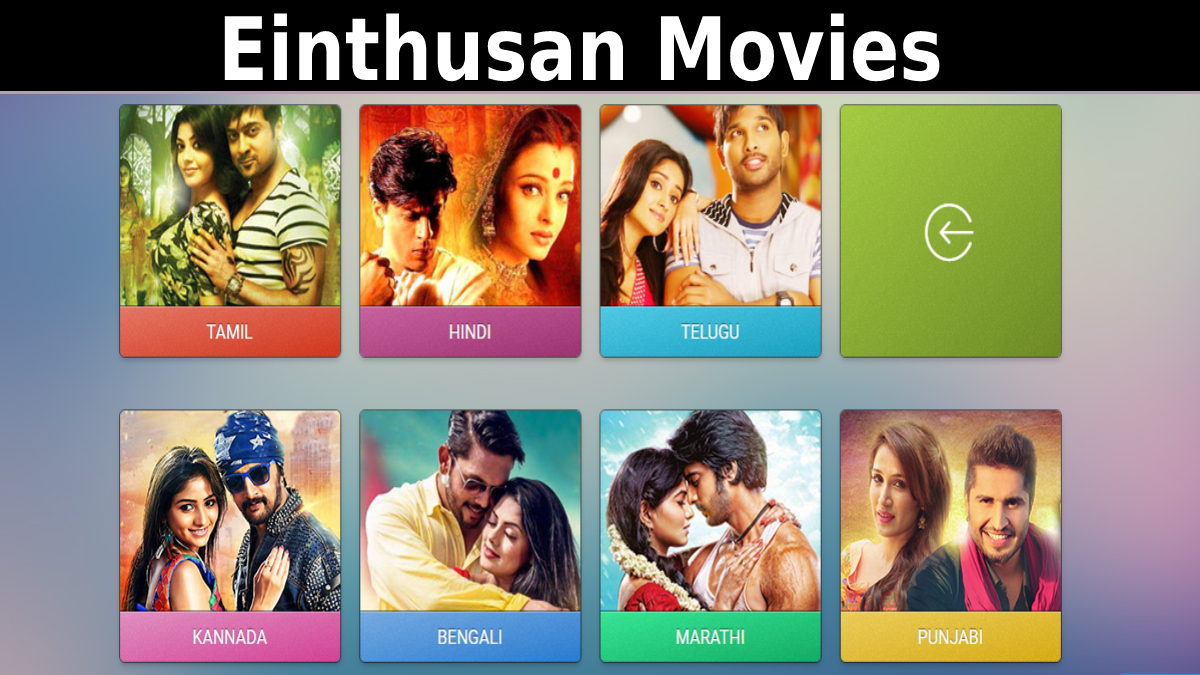Getting free coffee and casual Fridays is really nice. However, these factors don’t add up to the employee’s experience. What really keeps the employees happy and dedicated towards their job is a good package along with benefits that support their well-being, not just at the workspace, but in their personal life as well.
Nowadays, the work culture has become quite different. Job-hopping has become and employees are having higher expectations. And those expectations do not fit the basics of a company. A competitive salary is really great, and companies that go beyond the basics in offering a package often stand out. A benefit that prioritizes emotional wellness is what truly drives long-term retention and satisfaction.
The Changing Landscape of Employee Benefits
Those days are gone when a decent paycheck and basic health insurance used to do the job. But today, Gen Z wants more than a job. They want total reward solutions for talent management that will support their lifestyle and personal growth. And we can’t blame them for that!
Younger generations have completely reshaped workplace expectations. They’re looking for flexible work arrangements, mental health support, and meaningful benefits that actually improve their quality of life. A healthcare plan is great. But instead of that, throw in student loan assistance and mental wellness programs, and now you’ve got their attention.
Today, employees expect many benefits that reflect the reality and our modern life. So, if the companies want to keep the top talent to themselves, then they need to evolve with the times because the workforce isn’t waiting around for them.
Core Benefits That Actually Make a Difference in Employee Lives
The basic package matters a lot! If you are providing your employees with extra, then that’s great, but those extras won’t mean so much to the employees. If the employees don’t feel safe about their future, those extras are useless. This is the reason that companies should provide core benefits. These core benefits are the foundation of a workspace where people will feel supported.
Healthcare Coverage
- Healthcare is really important for peace of mind.
- Mental health support should be marked as a priority.
- Companies should offer therapy coverage.
- Telehealth services should be available on the go.
Retirement Plans
- Retirement might seem far away, but trust me, it isn’t.
- A strong 401(k) plan should be provided to the employees.
- Pensions are great, but keeping them according to the employee’s contribution is really important.
(PTO) Paid Time Off
- Employees do require real time off that they should feel encouraged to use.
- There should be separate vacation days that should maintain the work-life balance.
- Remember that well-rested employees are happier and engaged.
The Role of Personalization in Benefits Design
If you are an employer, then you have to keep in mind that employees ask for a lot of benefits that are according to their unique needs. Personalized benefits lead to flexibility and choice. That helps the employees select what’s best for them.
Technology And AI Are Driving Benefits Personalization
- Some AI-driven platforms analyze employees’ preferences and give suggestions according to them.
- Taking some help from a Chatbot is recommended. It makes it easier for employees to see their options.
Examples Of Flexible Benefits Programs Include:
- Employees should receive an allowance that they can spend on the benefits they value.
- Companies should offer financial support for the professional development of the employee.
Measuring the Impact of Benefits on Employee Satisfaction
Employee feedback is very important! Always remember that those companies who can’t measure can’t improve either. There are some methods through which we can identify what’s working and what requires attention for improvement.
Key Metrics To Track Include:
- Employee engagement: Are employees more motivated and productive?
- Retention rates: Are employees staying longer due to better benefits?
- Absenteeism: Are wellness programs reducing sick days and burnout?
Real-World Examples Of Great Benefits:
A major tech company introduced student loan repayment assistance, leading to a significant boost in retention among younger employees.
A healthcare provider expanded its mental health support, resulting in a noticeable drop in absenteeism and stress-related leaves.
A manufacturing firm revamped its wellness programs, offering gym reimbursements and flexible work schedules as part of a sales compensation strategy, which increased overall employee satisfaction scores.
Conclusion
What works today might not work tomorrow. Therefore, employee needs evolve, and businesses need to keep up. That’s why continuously assessing and fine-tuning benefits is the key. It can be through surveys, focus groups, or simply paying attention to what employees really want.
And let’s not forget about the numbers. Tracking engagement and absenteeism helps companies see what’s working and what’s missing the mark. The best workplaces are shaping them around their people’s needs. Companies that get this right create happier teams and workplaces where people actually want to stay.
Organizations like NorthCove Consulting have seen firsthand how an annual incentive plan combined with strategic benefits design can transform employee satisfaction and retention. They’re the ones setting the bar for workplace happiness while proving that taking care of your people always pays off.
Frequently Asked Questions(FAQS)
1. Why should companies invest in better employee benefits?
Happy employees stick around! Great benefits boost morale, reduce turnover, and make your company a place people actually want to work.
2. What’s the biggest trend in employee benefits right now?
Personalization! Employees want benefits that fit their unique needs—think flexible PTO, mental health support, and even student loan assistance.
3. How can companies know if their benefits are working?
Ask your employees! Surveys, check-ins, and tracking engagement and retention rates will tell you if your benefits are hitting the mark.
4. Are fancy perks like free snacks better than solid benefits?
Nope! Free coffee is nice, but health insurance, retirement plans, and paid time off are what really keep employees happy and secure.
5. How often should companies update their benefits?
At least once a year! Employee needs change, and a little refresh can go a long way in keeping your team engaged and satisfied.








